Egyptian Mythology
-
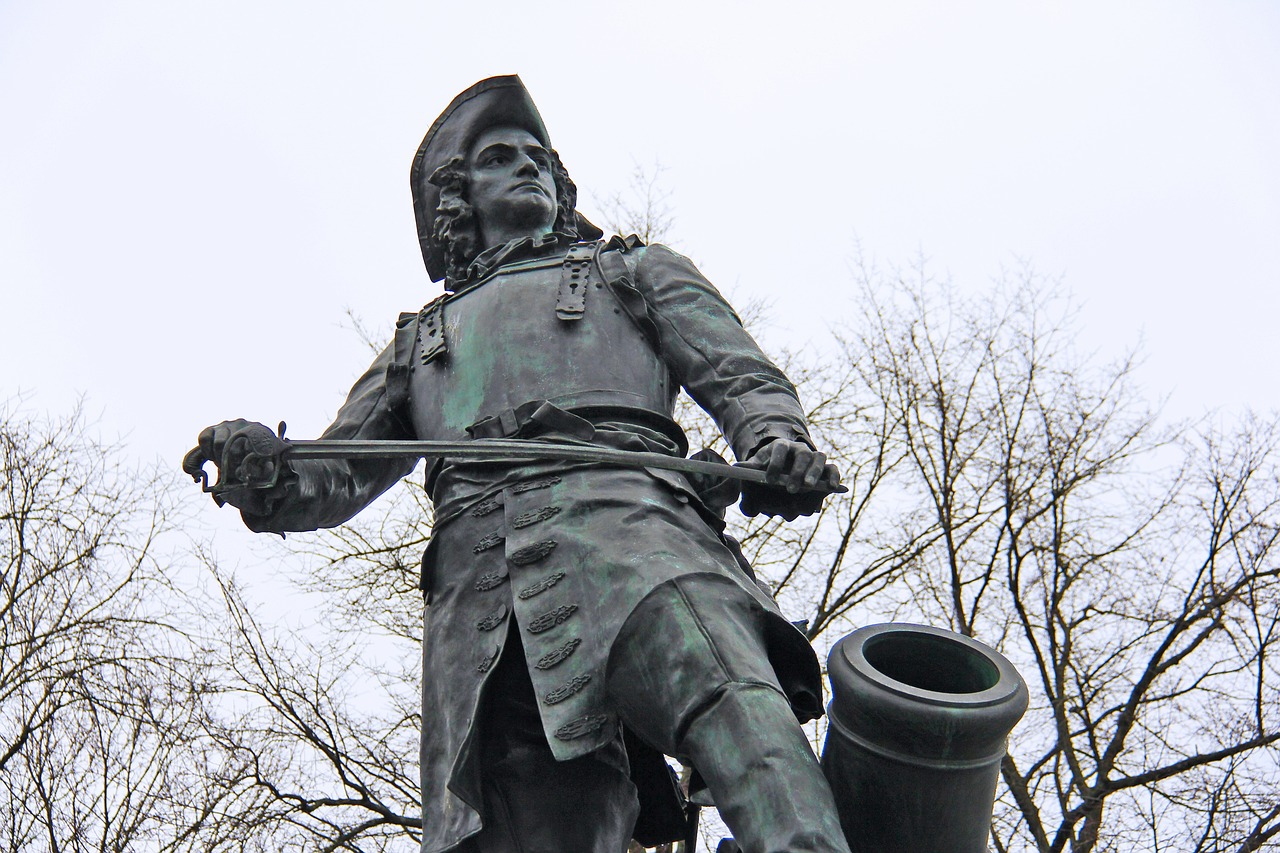
Aker: The Guardian of the Horizon in Ancient Egyptian Mythology Introduction to Aker Aker, a prominent deity in ancient Egyptian mythology, represented the horizon and served as both the guardian and gatekeeper to the realm of the Underworld. His influence permeates various legends and religious practices of the time, showcasing the complexities and beliefs of…
-
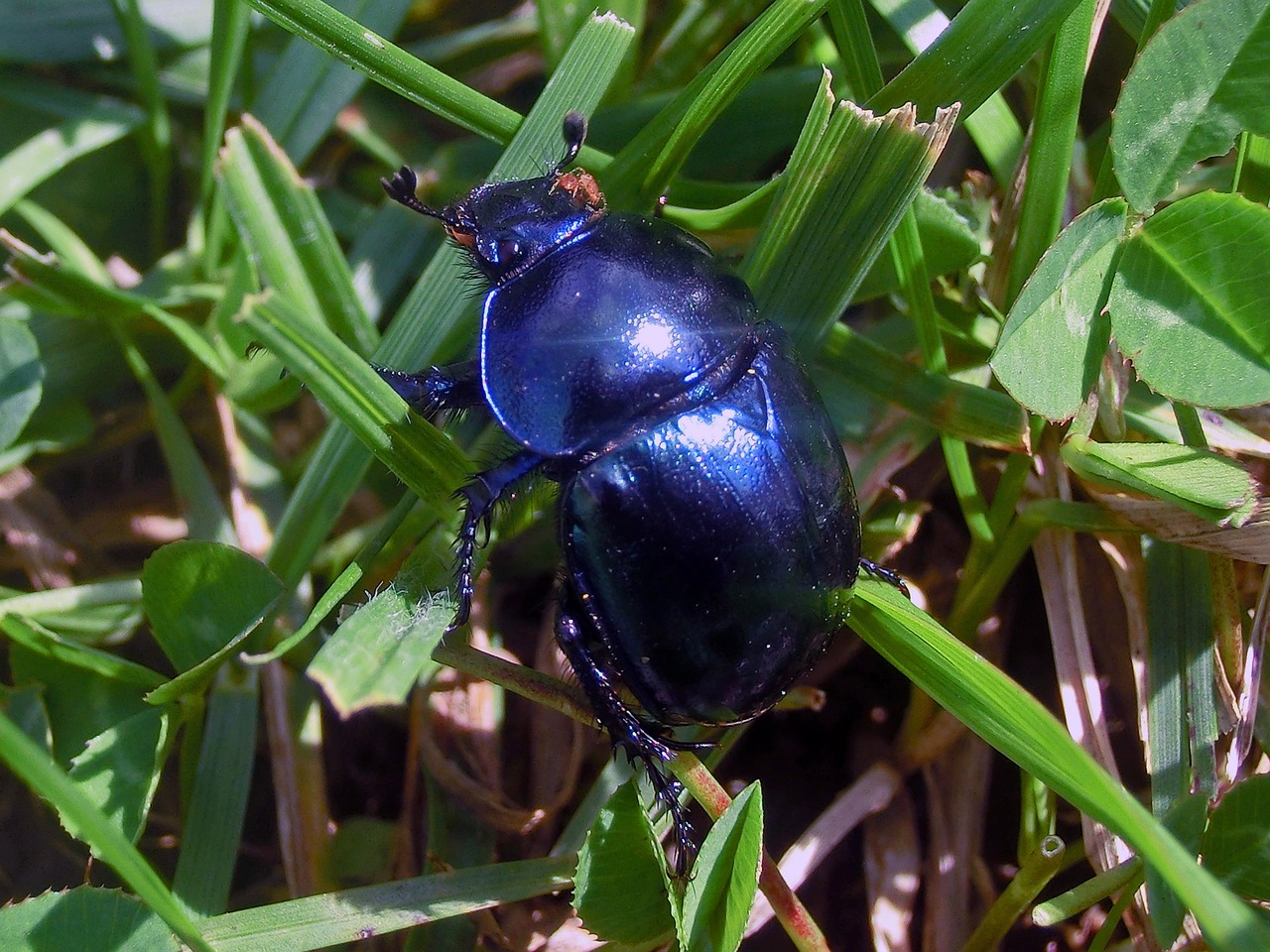
Scarab beetles, particularly known as Scarabaeus sacer, hold a significant place in the cultural and religious landscape of ancient Egypt. Their intriguing behavior of rolling dung balls for egg placement was seen as a profound representation of life, death, and resurrection. Within the framework of ancient Egyptian mythology, the scarab beetle is closely linked to…
-
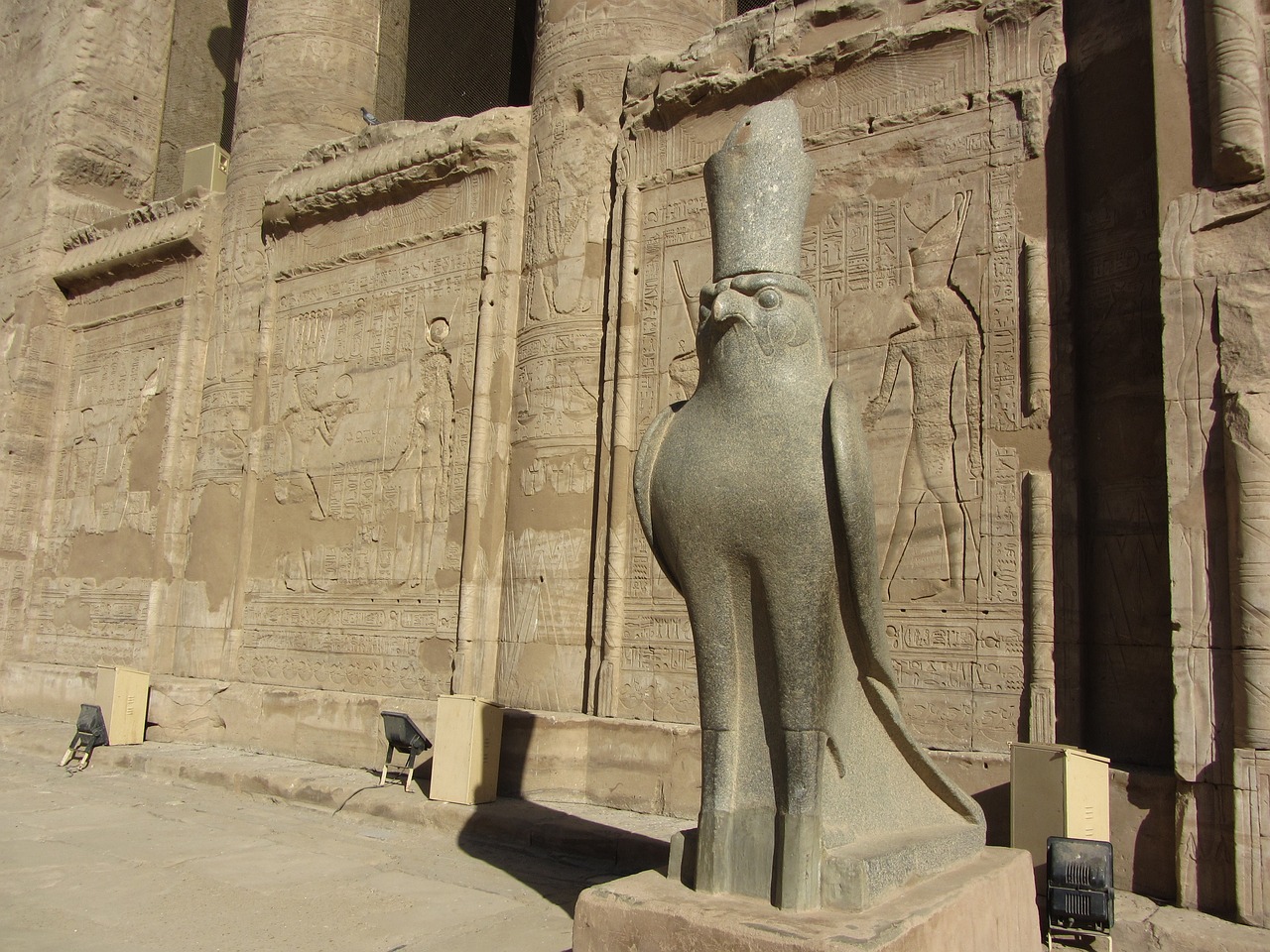
Understanding Horus: The Ancient Egyptian Sky God Horus, a prominent figure in ancient Egyptian mythology, represents two significant deities: Horus the Elder and Horus the Younger. Horus the Elder is noted as a primordial god, while Horus the Younger is famously recognized as the son of Osiris and Isis. Historian Jimmy Dunn characterizes Horus as…
-
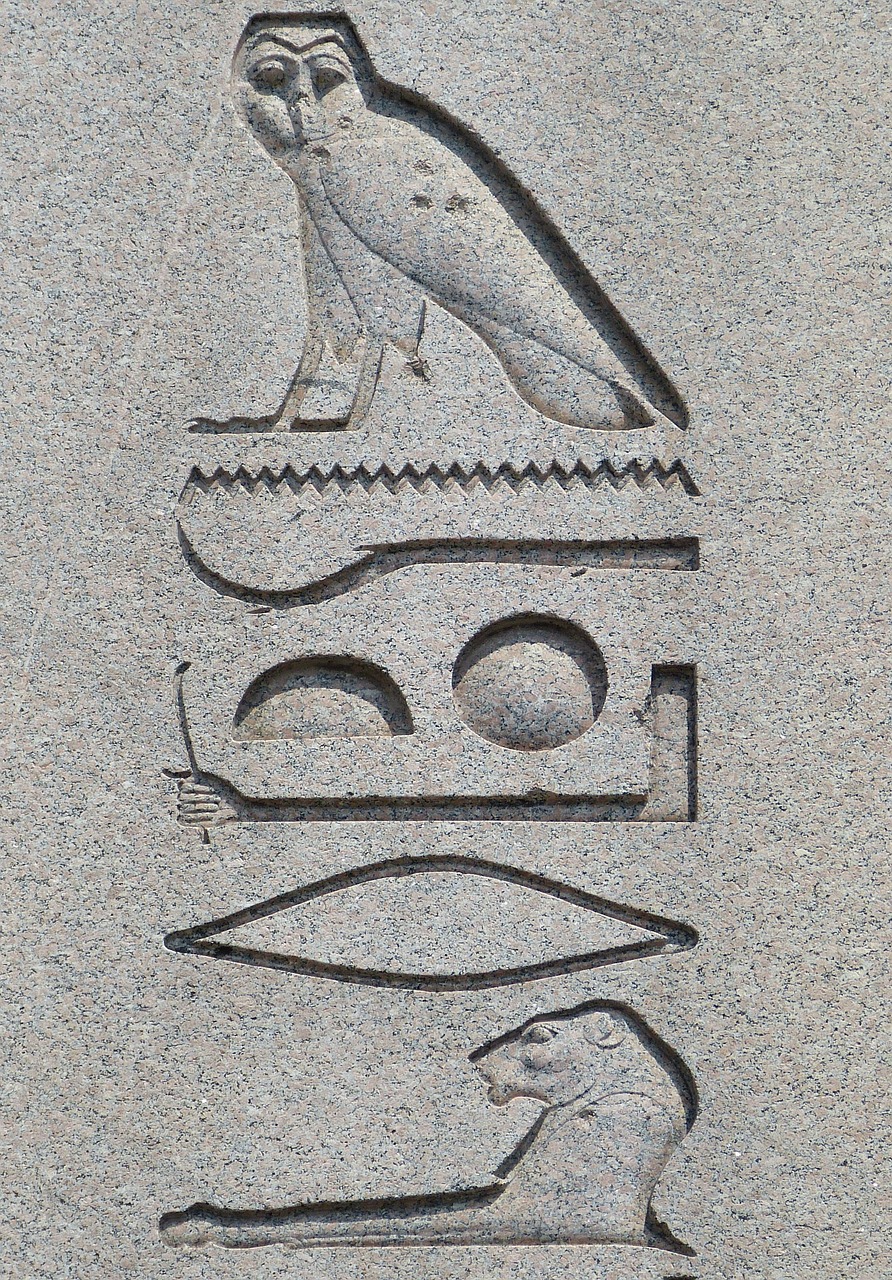
Overview A prominent figure in the Egyptian pantheon, Geb was revered as the god of the earth, associated with elements such as snakes, earthquakes, and the afterlife. As the third sovereign of Egypt after Ra and Shu, Geb’s significance in matters of kingship and royal authority was profound. Artistic representations, such as a relief fragment…
-
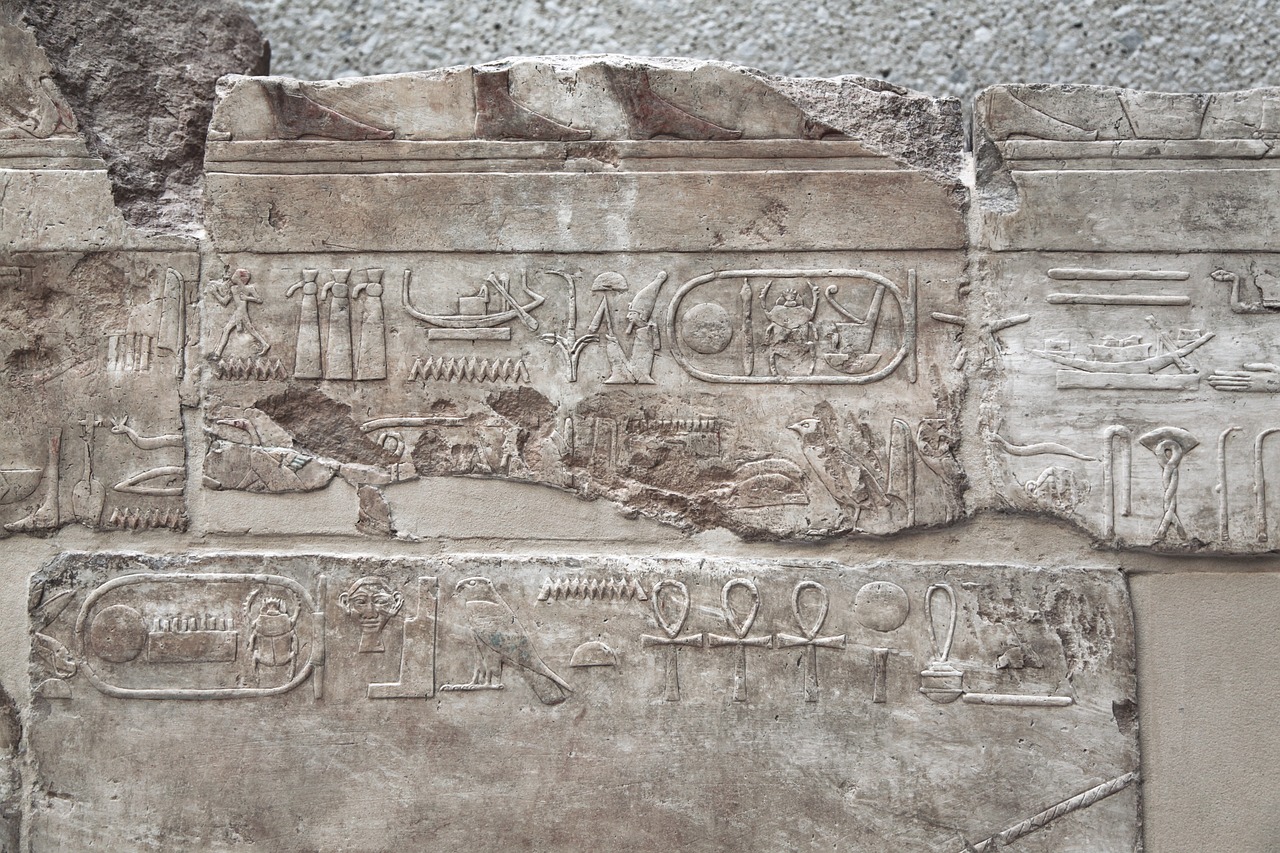
Wadjet, also referred to as Wadjyt, Uto, and Buto, stands as one of the most ancient deities in Egyptian mythology. Her veneration can be traced back to the Predynastic Period, with her role evolving over the centuries. Initially the local goddess of Per-Wadjet (Buto), she later emerged as the patron goddess of Lower Egypt. By…
-
In the ancient Egyptian pantheon, the goddess Heqet was revered as a potent embodiment of fertility and childbirth. Her influence stretched from the Old Kingdom through to the Ptolemaic period, owing to her vital roles in fertility, agriculture, and funerary rites. Notably popular among women, Heqet was often called upon for safeguarding during pregnancy. Investigating…
-

Isis, the Egyptian goddess associated with love, magic, healing, fertility, and the moon, was a crucial figure in the religious framework of ancient Egypt. Also known as Aset or Eset, her significance spanned from ancient Egyptian times through various cultures, including Greek and Roman beliefs, where she was often likened to the Virgin Mary in…
-
This week, I decided to delve back into the rich history of Ancient Egypt, the theme of this blog! With my final two entries, I’ll explore my favorite region (Egypt) along with my favorite deity (hint revealed next week!). In this post, I would like to introduce you to the formidable Sekhmet. Names: Sekhmet, Sakhmet,…
-
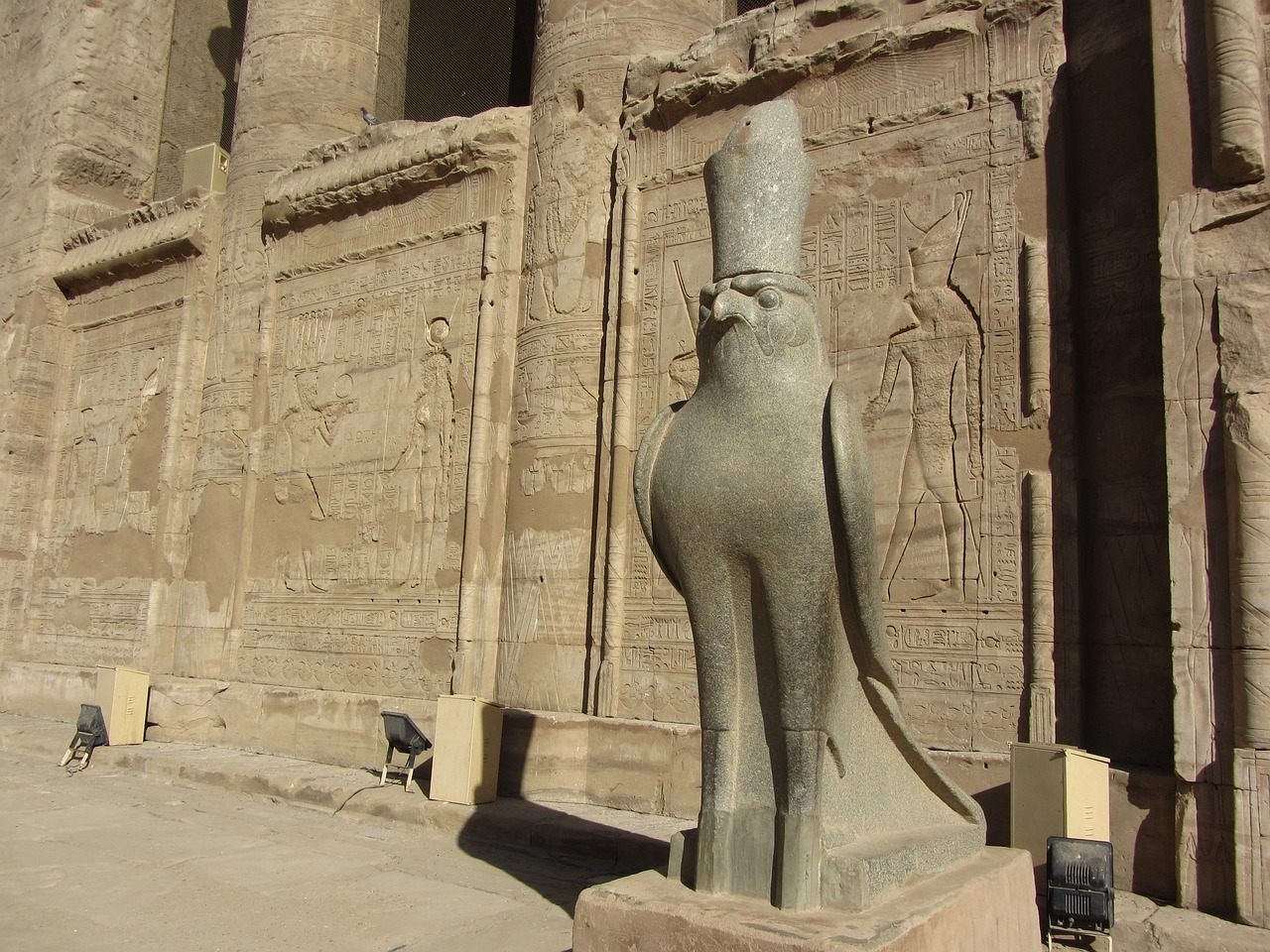
Insights into Ancient Egyptian Religion Defining Ancient Egyptian Religion Ancient Egyptian religion encompasses the indigenous beliefs that flourished in Egypt from as early as the 4th millennium BCE until the eventual decline of traditional practices around the first centuries CE. This belief system was intricately woven into the fabric of Egyptian civilization, particularly during the…
-
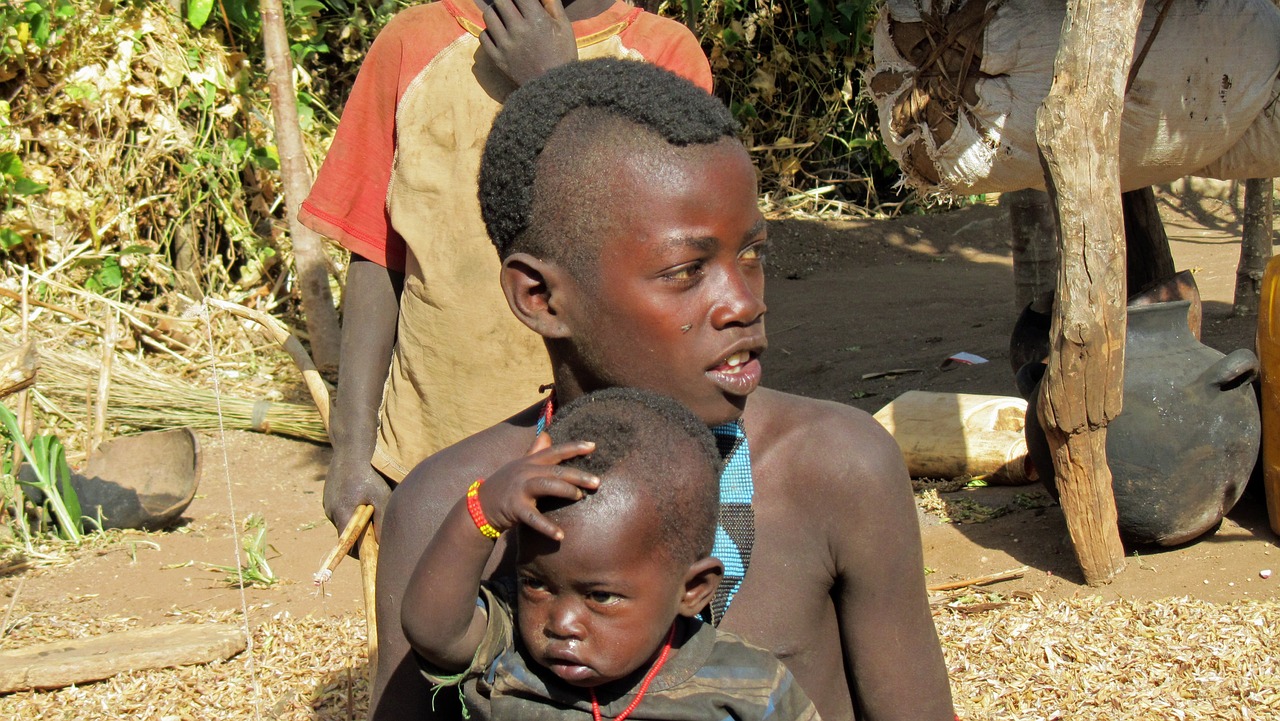
The Splendor of the Bennu: A Glimpse into Ancient Egyptian Mythology The image of the Bennu, often equated with the mythical phoenix, holds a paramount position in the tapestry of ancient Egyptian religion and symbolism. Recognized for its association with rebirth and the dawn, the Bennu Bird was seen as an emblem of resurrection and…


